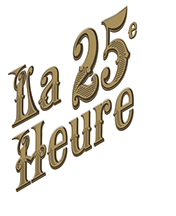<< Home


A thrilling and mysterious adventure through 19th century Paris!
 December 1888. While the good people of Paris is wondering about this costly strange tower imperious Gustave Eiffel is building, unsettling rumors are whispered in the city: the dead are talking!
December 1888. While the good people of Paris is wondering about this costly strange tower imperious Gustave Eiffel is building, unsettling rumors are whispered in the city: the dead are talking!
Asked about this, the prefect of Paris, Mr Henri Lozé, ridiculises "the jokes of some rascals". That's how he talks in public under the lights of the Opéra Garnier, but in the shadows of his office, the man sets the best inspectors of the Republic on the case.
Meanwhile, the Academy of Sciences calls to all its best professors in order for the rational thinking to win once and for all over the darkness of obscurantism.
Book 1 : The 25th Hour
Book 2 : The Black Chrysanthemum
Mystery
Espionage
Technology
Psychiatry
Esoteric
Paris 19th
Release: October 2015
Format: 14x21cm
Sales: 15 000 copies counting with both books
Charismatic characters
An author really available for signings
Series
Trailer
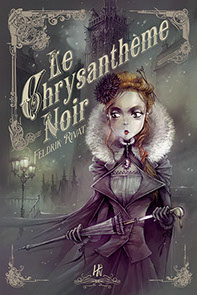
Book 2
The Black Chrysanthemum
Release: September 2016
Print: 8 000 ex
Feldrik Rivat is born in Thonon-les-Bains in June 1978. Exploring various activities such as comedy, drawing or sculpture, he became archaeologist and draws from this ancient worlds his today's passions.
After his epic fantasy trilogy,The Kerns Chronicles, Feldrik offers with this book a world halfway between History and imagination.
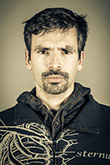


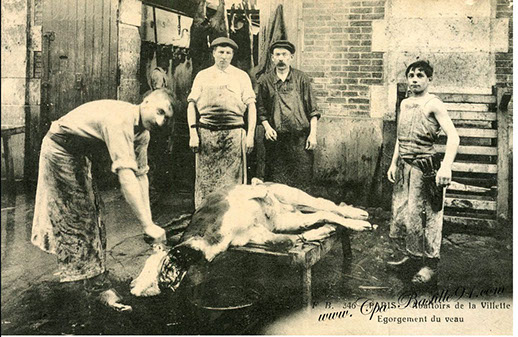
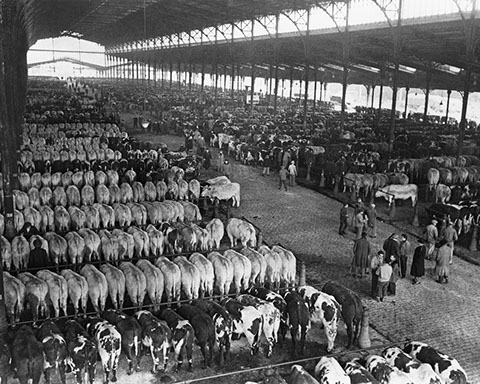
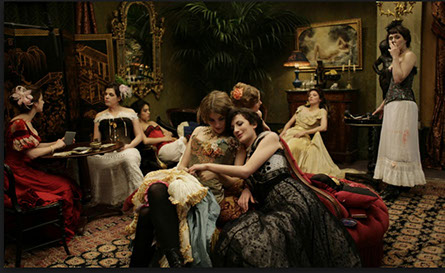

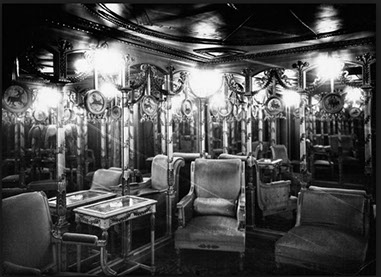
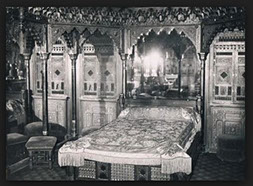
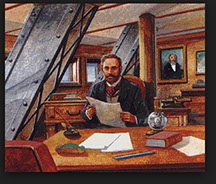
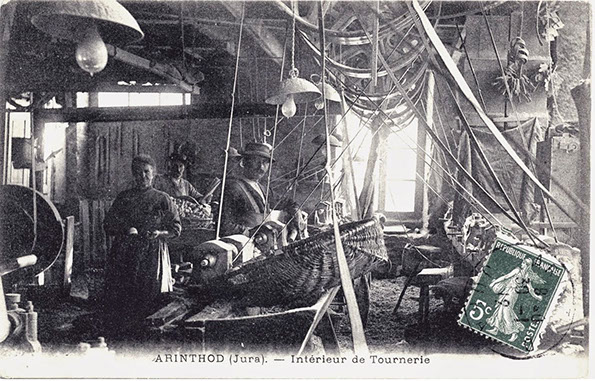
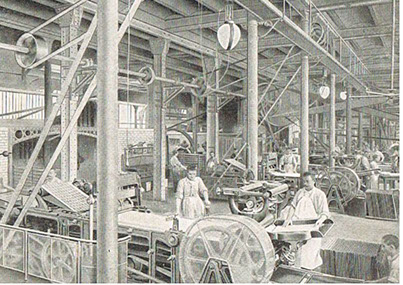


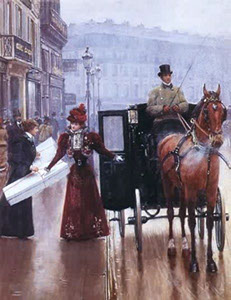
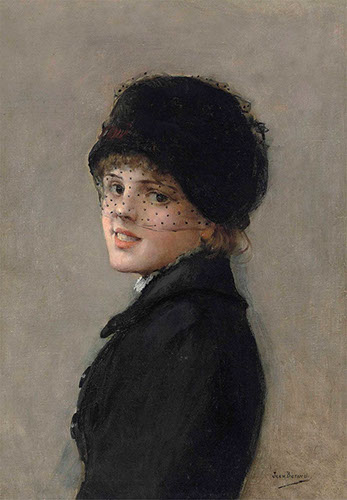
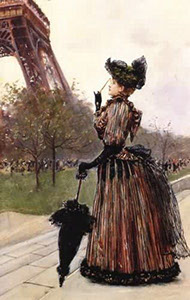


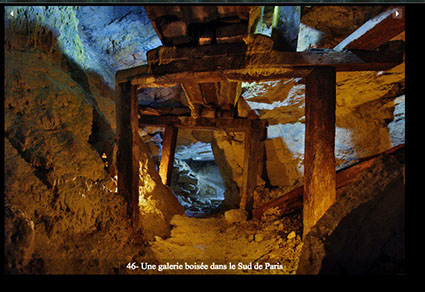

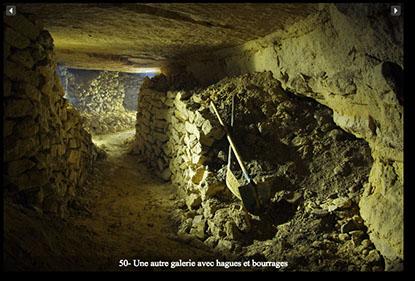
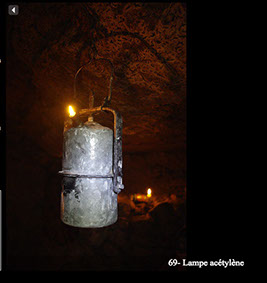
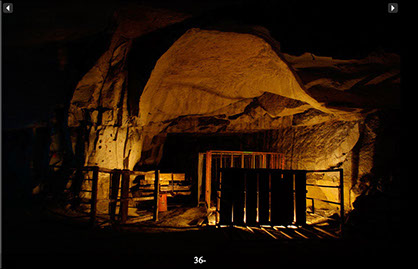
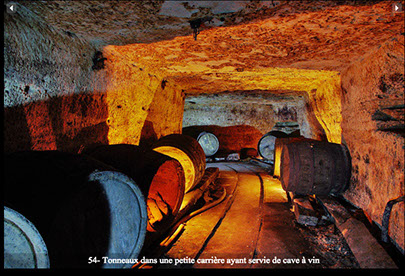
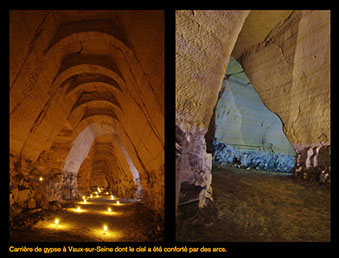


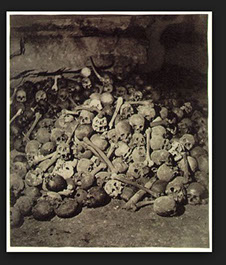

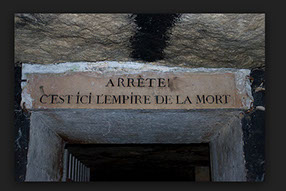
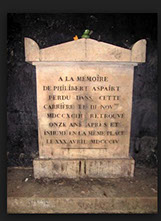
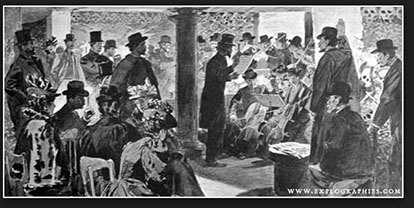
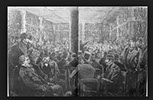


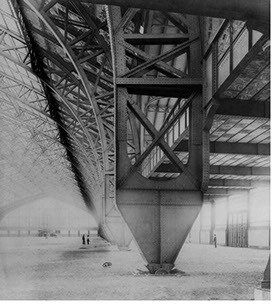
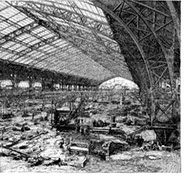

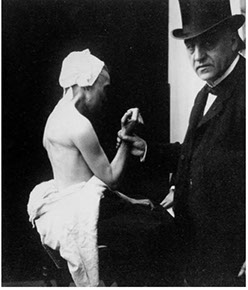



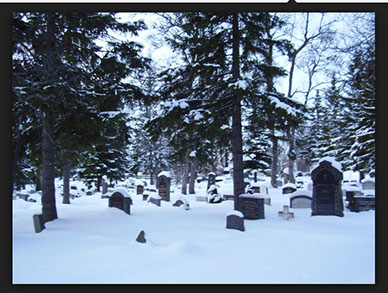
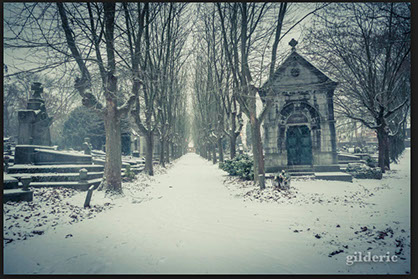
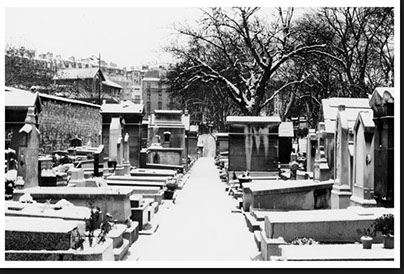
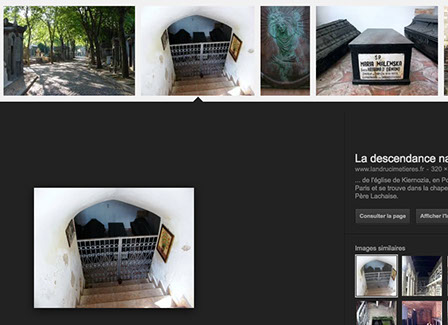
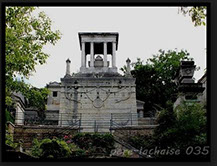
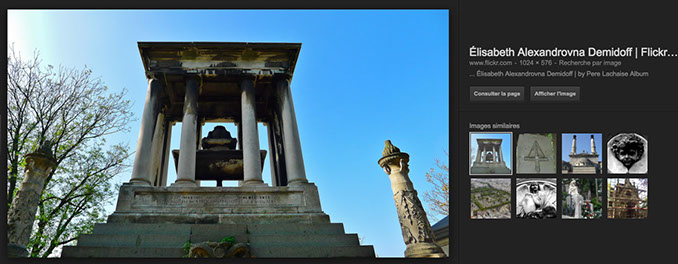
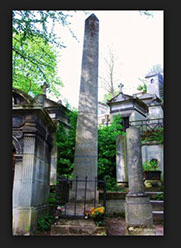
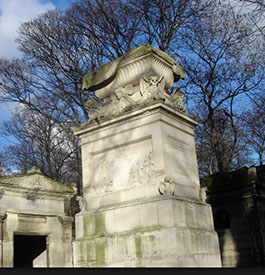


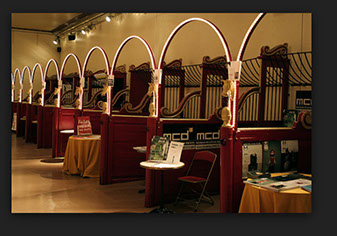

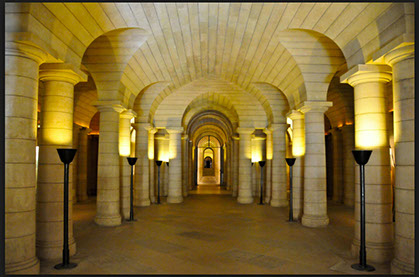
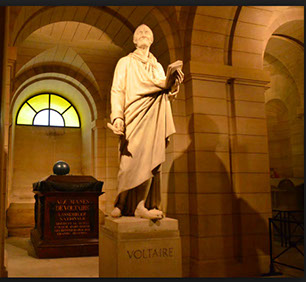

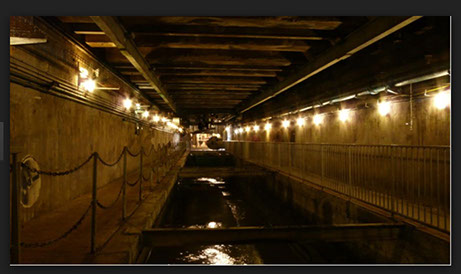
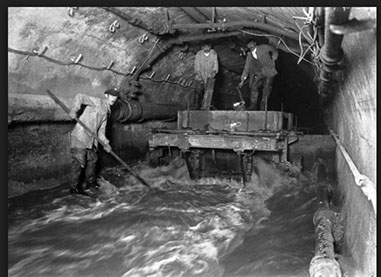
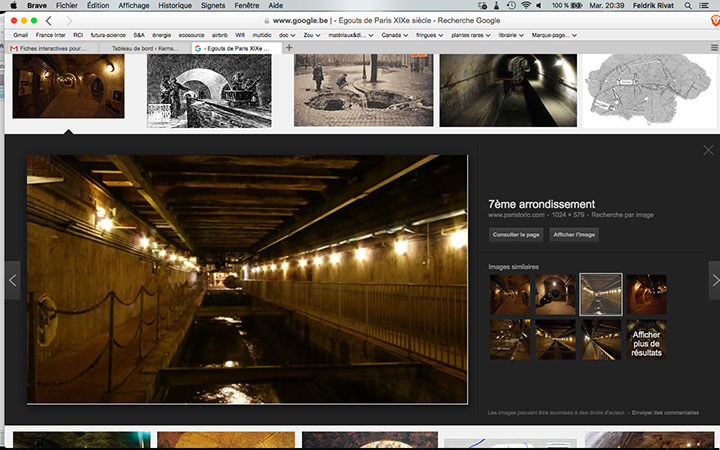
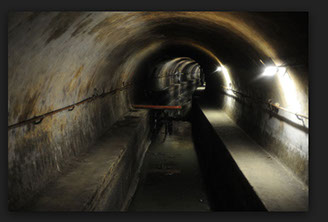

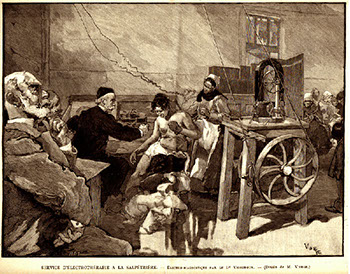
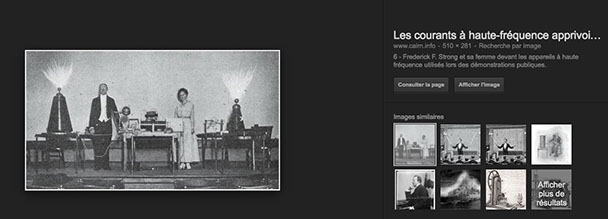
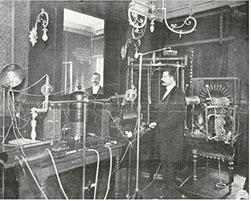
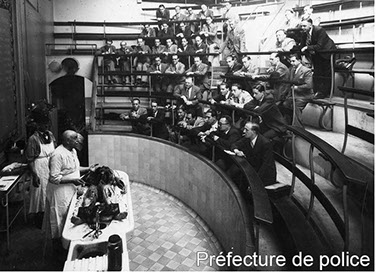
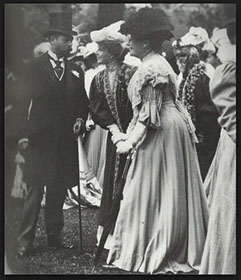
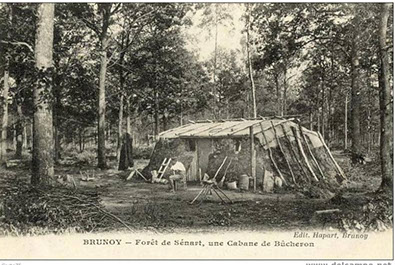
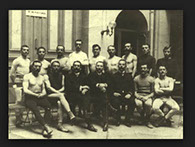

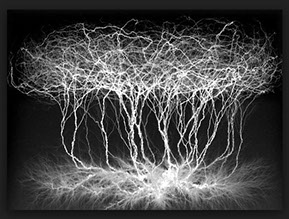


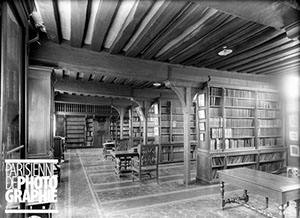

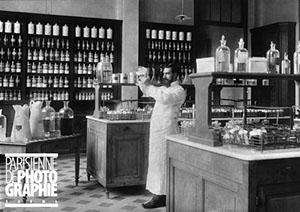

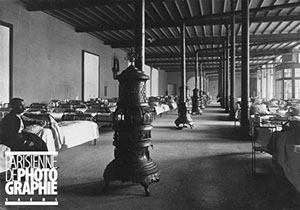

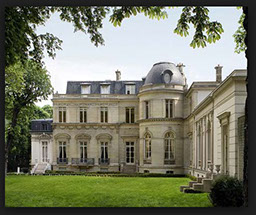

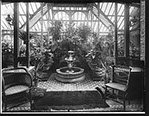
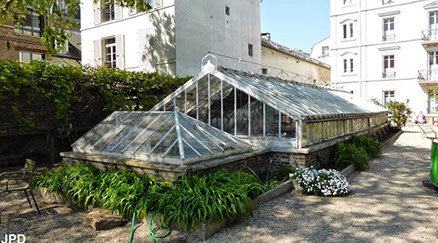
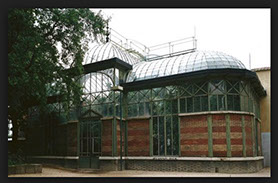

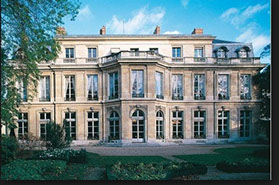
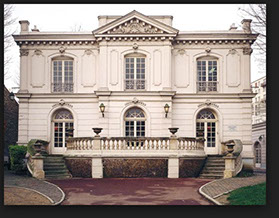
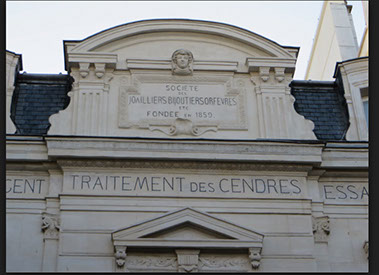
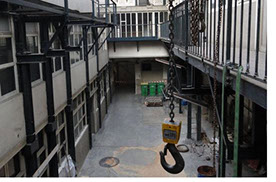


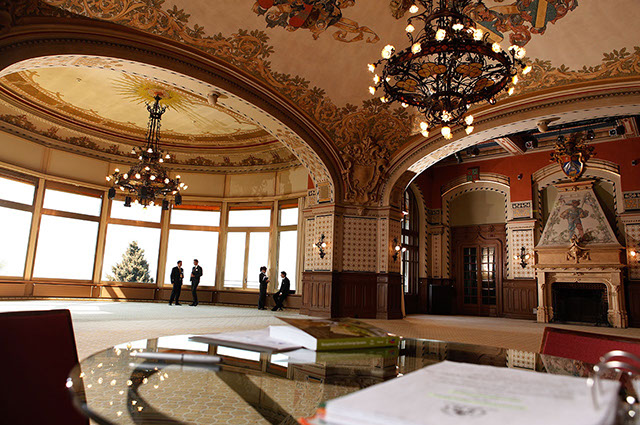

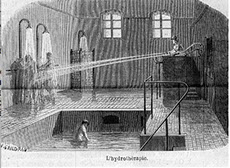
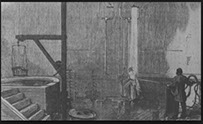

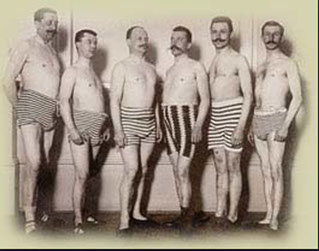
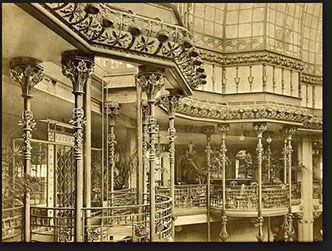

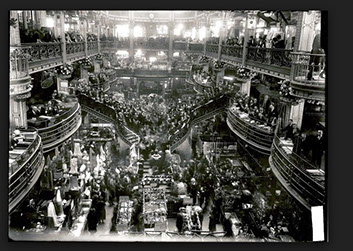
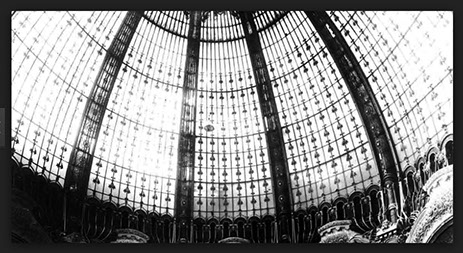
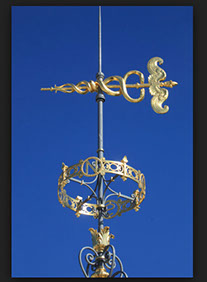

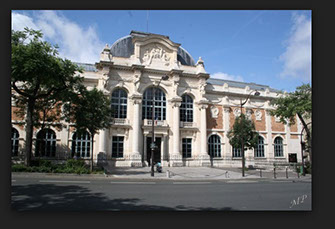
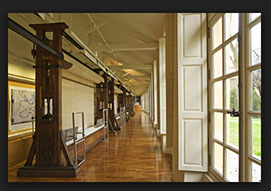
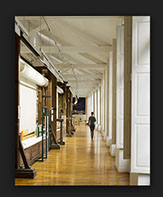


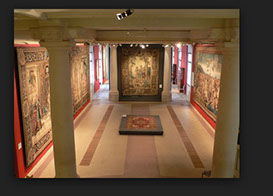
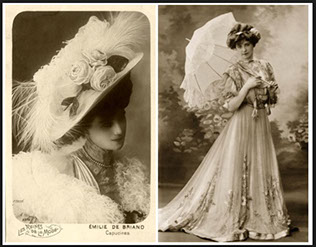
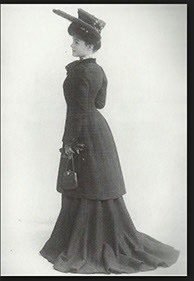
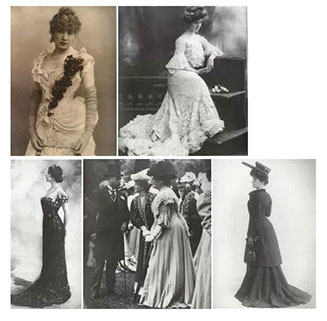
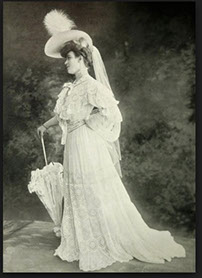
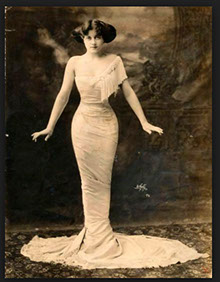
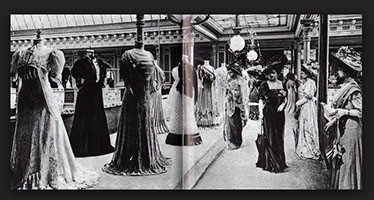
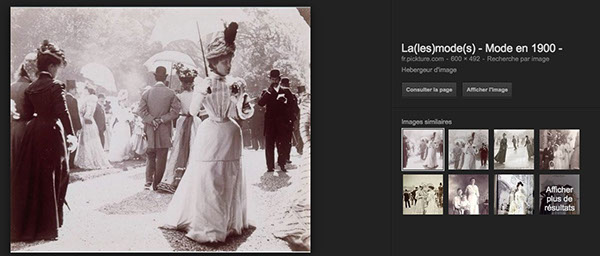


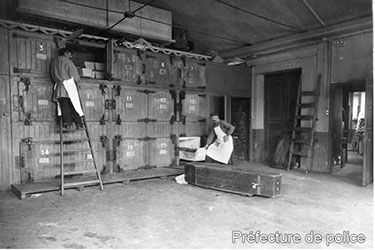
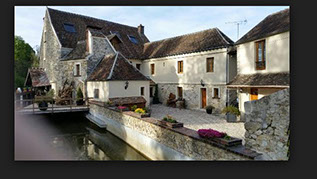


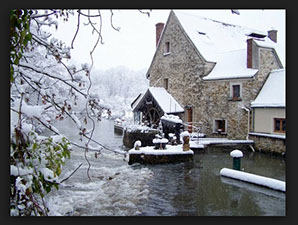

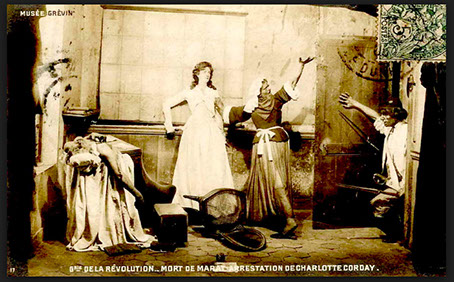

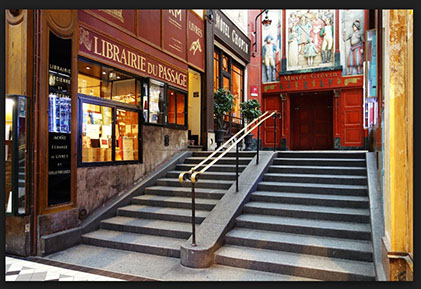
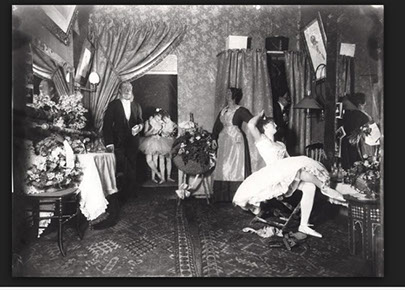
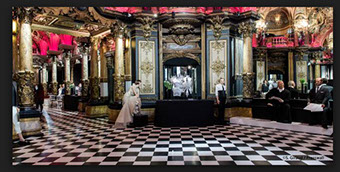
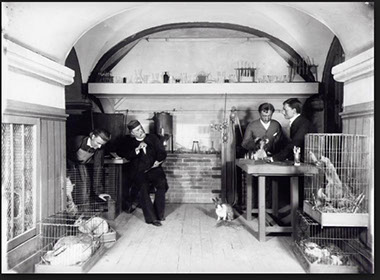
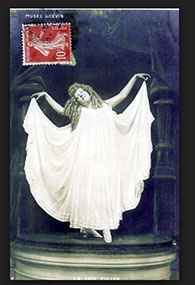
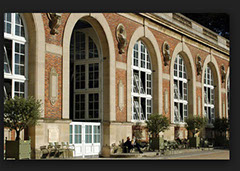
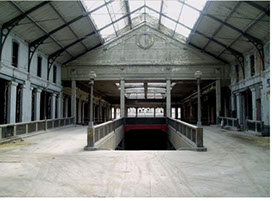
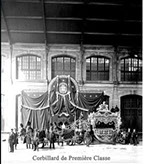
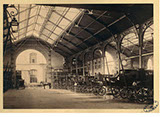



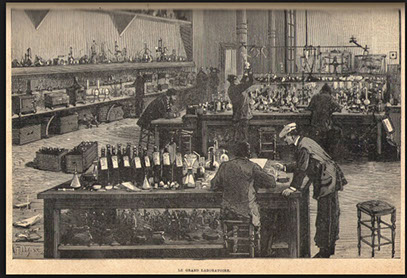

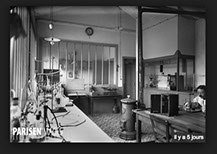

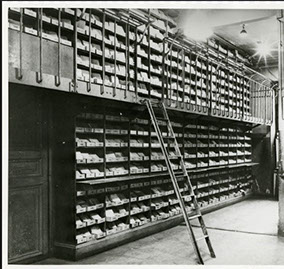



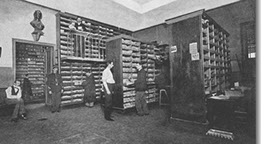
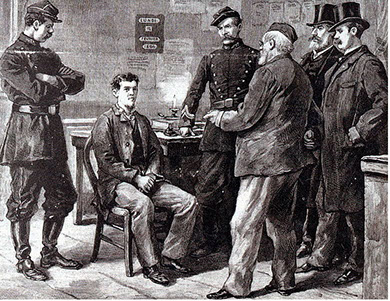
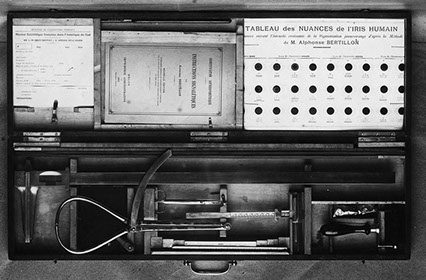
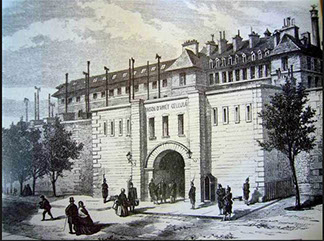

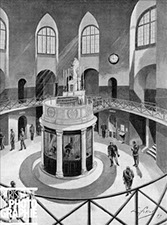
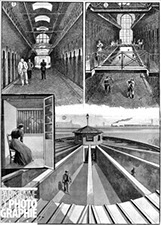

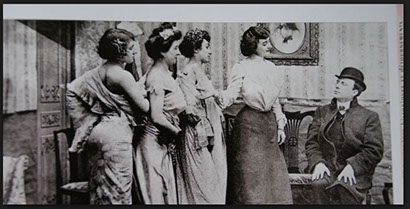
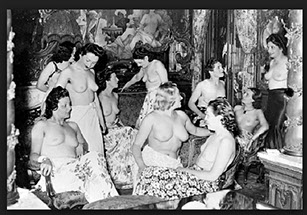
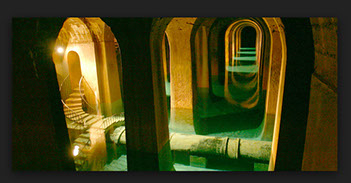
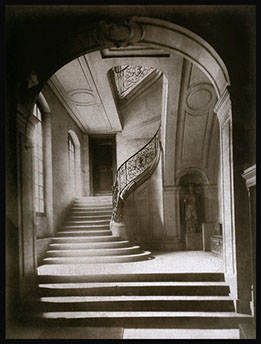
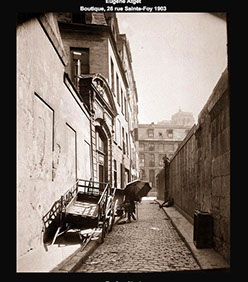



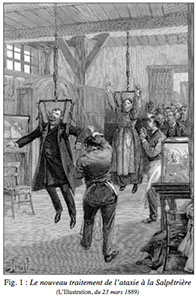
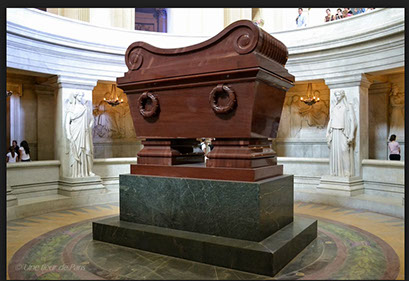

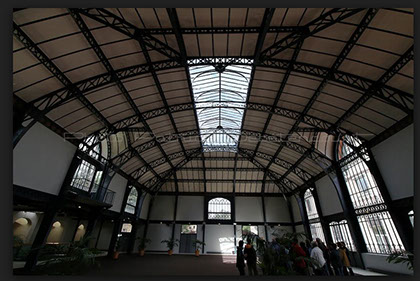
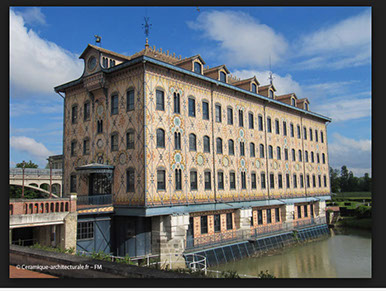
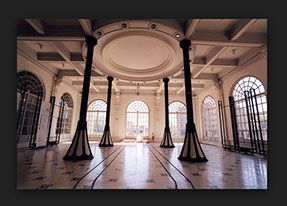
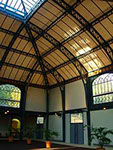
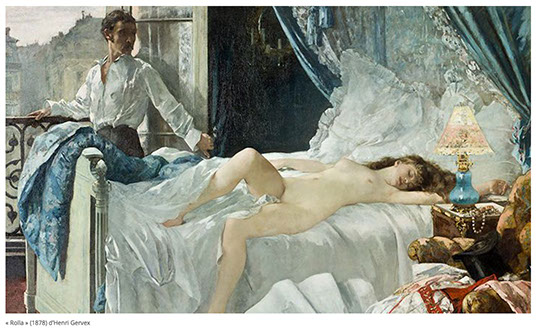






































































































































Among the historical figures who appear in the book, here are those who play an important part and their potential counterparts for a movie.
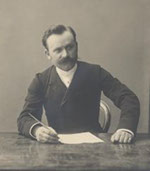 Marie-François Goron
Marie-François Goron
(main character)
Chief of Paris Police Department (known as “La Sûreté de Paris”), jolly, medium height, reddish-brown hair, thin moustache, derby hat, dynamic, paternalist and protective, grumpy, efficient, field and situation man, responsive.
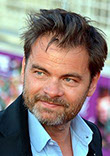
George méliés
Illusionist, young owner of Robert-Houdin theatre (in real life), owner of the Café Mécanique in the story, bubbly, jolly, cheerful, entertainer, inventive, hot-tempered.
Zouave henri jacob
Theurgist, healer (in real life), a member of the Black Chrysanthemum society in the story, hot-tempered, theatrical, empathetic, straight, bright, incisive, troublemaker, dressed as a Zouave in campaign, is always with is trombone, communicates with his guardian spirit.
ALAN PINKERTON
Once was Abraham Lincoln’s bodyguard and founder of the Pinkerton National Detective Agency (“We never sleep”), dead at this period in real life, in the story is an infiltrated agent in Paris for reasons revealed in the Black Chrysanthmum, 65, bright, lively, former Scott, has a beard like Lincoln.
Main fictional characters and their potential counterparts for a movie.
Louis Charles Flavien Bertillon
(main character)
Assistant inspector in the Paris Police Department, not exactly 20, baby face, naïve, good natured, keen about everything, especially sciences, from the upper bourgeoisie, at ease in society, mannered, perceptive, quick-learner, clumsy, light hair, derby hat, spectacles.


Guillaume Canet or Ryan Gosling

Christian Bale or Keanu Reeves

eudes anatole-faust lacassagne
(main character)
Twin brother of Chrysostome Lacassagne (main character), chief inspector of Paris Police Department, tall, brown hair, thin moustache, impressive, dark, taciturn, of French and Khmer origins, boxer, wrestler, swordsman (French canne, Savate), tattoo of a dragon in his back (Indochinese memory), past in the colonies, clandestine fights at La Villette’s slaughterhouses, doesn’t feel pain or emotions, insomniac, military smock, top hat, gloves, leaded canne, followed by a sparrow, never had intimate relationships with women as was emasculated in an accident when five-years-old.
Chrysostome lacassagne
Black mask, armed wing of the Black Chrysanthemum, furtive, swordsman, run on the roofs, acrobat
Milena anja verica varads
(main character)
Doctor in psychology at the Salpêtrière, in Charcot’s service, leader, persuasive, expert in mental suggestion and other hypnotic practices, manipulative, dark, independent, works for herself, brunette, slim, strong, physical.
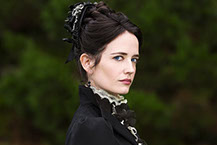
Eva Greene
The 25th Hour
The story is set in 1888 in Paris. The main theme is the rewriting of the story of sciences and inventions in the end of the 19th century, each one attributed with an occult feature. Indeed, discoveries are diverted to allow the spirits of great men (inventors, politicians and artists) to live again, through contracts signed with living hosts.
The series begins with The 25th Hour in a realistic atmosphere, almost historical, thanks to a minute documentation about Paris at this period (aerial and underground geography, great figures of the time used as characters, political history, police methods, language, clothes, lifestyle, etc.) to slowly tilt toward a uchrony that will see Paris become a city apart, built with a technology that will blend the spirit of the end of the 19th with the modernity of futuristic developments.
The 25th Hour is both an introduction to the universe and an investigation that can be read as a standalone. The idea is to keep this functioning that is to offer episodes, like a series, the reader will be able to enjoy without being hostage of the length of a saga, giving the most demanding readers a whole with its own meta-story and links between episodes.
Conspiracies and espionage, blackmail and camouflage, French cane fights, top hats, penny-farthings, cemeteries and catacombs are all parts of the story that launches the first episode of the investigations of The 25th Hour.
We follow two investigators: inspector Eudes Lacassagne of Paris’ Police forces, a charismatic character with a brilliant analytical mind but who suffers a lot of physical troubles, and his assistant, Louis Bertillon, a young rookie who comes straight out of the police academy, first of his class. Together they begin a routine case in this end-of-the-century atmosphere. The body of a deceased disappears from its widow’s home. Shortly, they understand their investigations will take an unexpected turn and involve scientific and political figures, as well as Paris’ Police services. The graves of great men seem to have been desecrated, the bodies replaced with those of common prisoners’.
Lacassagne and Bertillon, helped by their chief Goron, discover a society with dark goals: The Black Chrysanthemum, a dissident branch of another society, the Ophiuchus Order. The Black Chrysanthemum wants to bring dead people back to life in synching some spectral wavelength. In this universe, the tower Sir Eiffel builds in the Champs de Mars will have its part to play. It will act as transmitter as soon as its inauguration for the Universal Exposition planned the following year, in 1889.
However, the inspectors will find themselves overwhelmed by what they discover, at the same time someone tries to silent and discredit them. Only a few useful clues are found behind the criminals, apart from a flower, a black chrysanthemum, that signs each of their crimes.
In the meantime, for the benefit of the case, Lacassagne and Bertillon go to watch the show called “The25th Hour”, given at the Café Mécanique, restaurant and theatre hold by Georges Méliès, movie-maker and inventor. The end of it turns into a nightmare when the voice of the spiritualist Allan Kardec comes from the dancer, announcing the upcoming of a new world in which the dead will live among the living. Panic strikes the crowd and some people of the public are injured.
Afterwards, our inspectors barely make it from the explosion that happens at Zouave Jacob’s place, a medium and impostor. During this same night, Lacassagne fells into a trap set at the Turkish Baths. He has to flee to avoid being accused of the murders of several of his colleagues.
From this moment, Lacassagne follows his own investigations in Paris undergrounds, in which he is helped by a mysterious American detective meanwhile Bertillon follows the first one and learns more about his mentor, attended by Dr Charcot at the Salpêtrière. Bertillon also succeeds to decipher coded messages hidden in newspapers and survives a bomb attack. The young inspector is then manipulated by Milena Varasd, a doctor who takes advantage of Charcot’s hospital premises to conduct her own mental suggestion experiments with human guinea pigs.
At the end of the story, Lacassagne encounters his twin brother he thought dead, as well as his father, a notary living in an aircraft that flies over Paris. His father seems to be the leader of The Black Chrysanthemum. Lacassagne is wounded by his brother and fells from the aircraft. Bertillon thinks he has found Lacassagne back with proofs of the corpses smuggling but only shows his chief, Goron, and empty warehouse. He is declared insane and interned at the Salpêtrière.
The Black Chrysanthemum
In this opus, we leave the mystery genre for a novel that narrates multiple points of view, between police investigations and spying, paranormal events and scientific demonstrations, still set in typical Parisian locations of the Belle Époque era, one the eve of the 1889 Universal exposition.
Eudes Anatole-Faust Lacassagne is disfigured and badly injured. He is recovered by Gaston Tissandier, first aid is given to him. When he wakes up, feeling danger, he escapes through Sénart forest before being taken in by two poachers. A curious lady fetches him, this is Clémence Prud’hon, formerly Louis Bertillon’s fiancée. She works for the Black Chrysanthemum as shadow agent. She is a medium and helped in her investigations by shadows, and ghosts of her choice.
Marie-François Goron is deprived of his best element. He has many cases to lead, all different but that will cross each other several times. In fact, they are all cases that are induced by the activities of the Black Chrysanthemum. This mysterious society will deeply unhinged life in Paris.
Louis Bertillon is another time hold captive at the Salpêtrière by Milena Varasd. He is in an infiltration mission for the account of Clémence Prud’hon. The Black Chrysanthemum wants to know the part of this woman, and her goals. He pretends to be under hypnosis as well as resistant to some mental suggestions in order to gain some time for his investigation.
Milena Varasd, after having manipulated Chrysostome in killing his brother, is now trying to kill him hiring Ravachol’s services, the bomber.
The duc of l’Abey follows through his project, the Black Chrysanthemum, at the edge of a new era. He begins to lead communication operations to reveal his society’s activities and the ideals he’s after: to bring the most prestigious of the dead back among the living and allow them to continue their work. In this perspective, we assist to several contract dealings between the dead and the living, as well as the setting of technological and scientific background needed for the uchrony to come (significant breakthroughs in their controlled metempsychosis experiments).
A scandal threatens the Black Chrysanthemum: the case of the Panama Canal and multiples financial wrongdoings. The funding of the canal allows the funding of the Black Chrysanthemum, but doesn’t stop there, it includes Russian mortgages and the Eiffel Tower.
At this point, all the paths seem to converge toward Ravachol. Eudes Lacassagne follows Clémence in her investigation against Ravachol. Goron’s cases point the man too. Indeed, Ravachol leaves corpses in his trails. He kills his former accomplices to burn the bridges to the police and the Black Chrysanthemum. He plans another bombing and everything lead to think it will happen during the inaugural party of the BCC, the Black Chrysanthemum Company, that will take place at Menier’s chocolate factory…

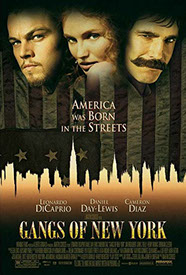

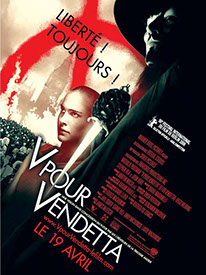
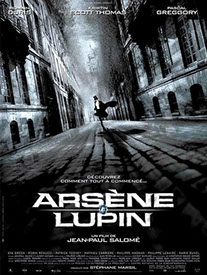
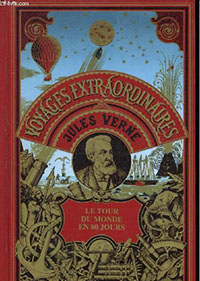
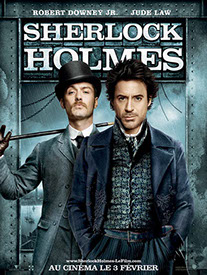
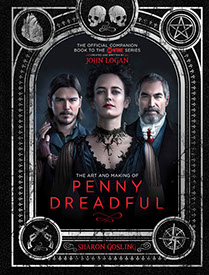
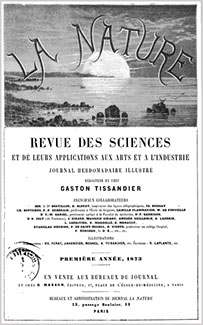
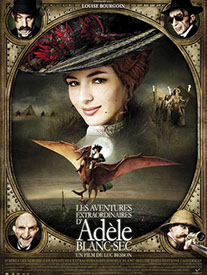
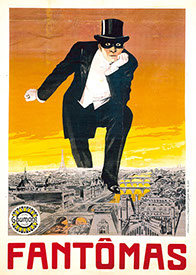
SETTINGS
In a general manner, we are in a quaint Paris from 1888. Historical Paris becomes a character in itself, which mixes postcard locations like the Eiffel tower (under construction), Machines gallery and Universal Exposition construction sites, nocturnal Grand Boulevards, theatres, cabarets, the Opéra Garnier, institutional ones like the hospital la Salpêtrière, the morgue, the central police department, with more unexpected ones like catacombs, underground pits, cemeteries…



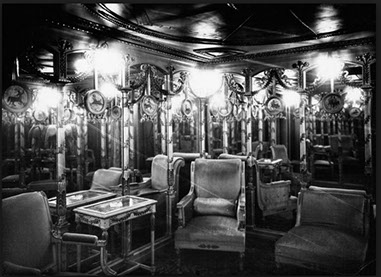


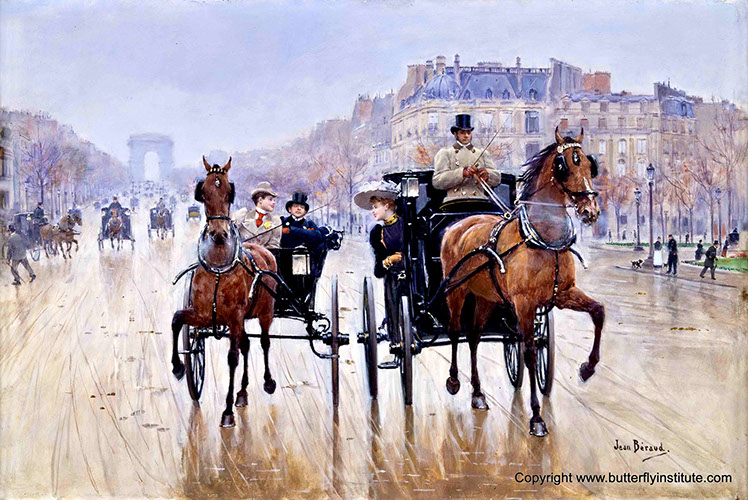



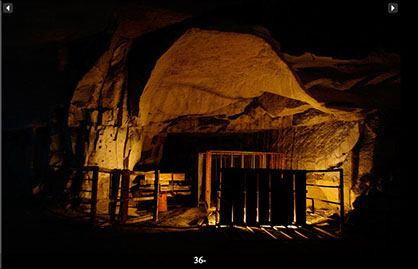




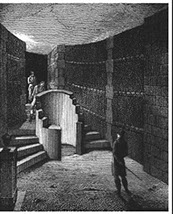
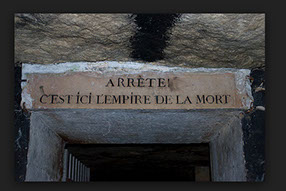
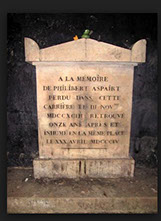
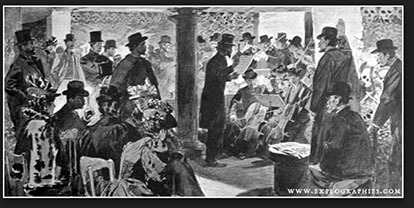
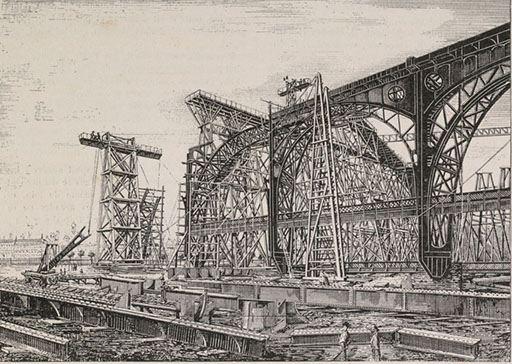
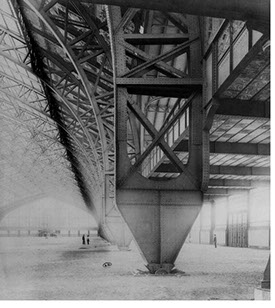
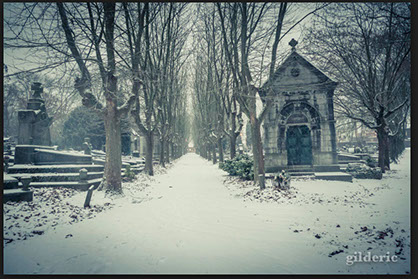
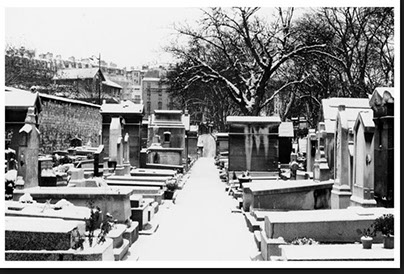
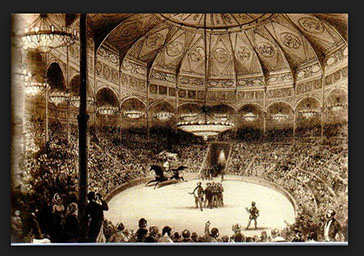

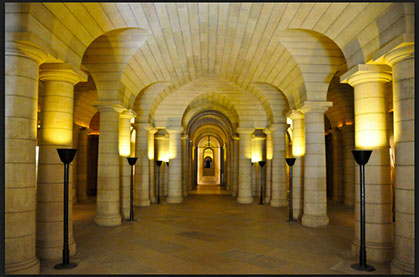

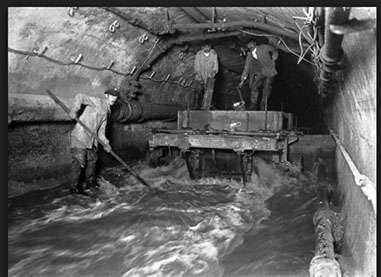

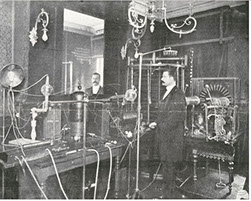
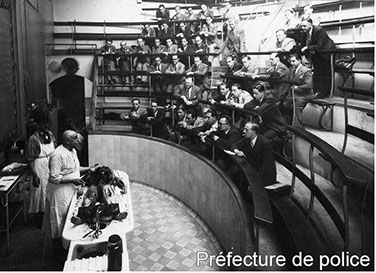
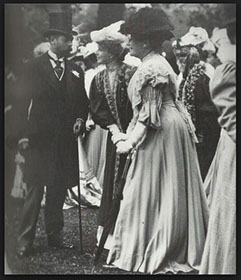
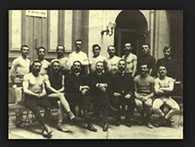
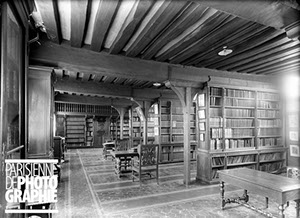
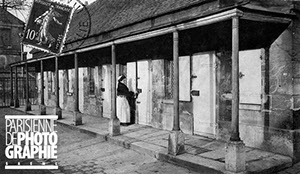
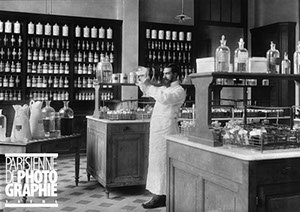
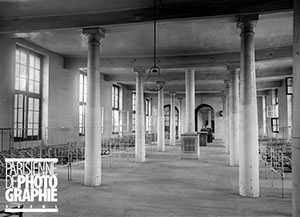
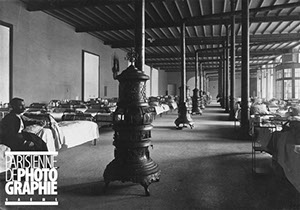

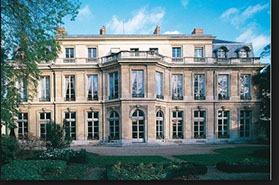
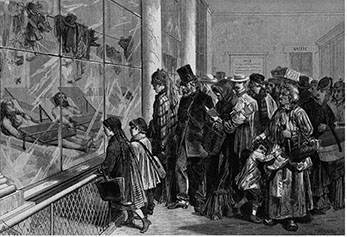
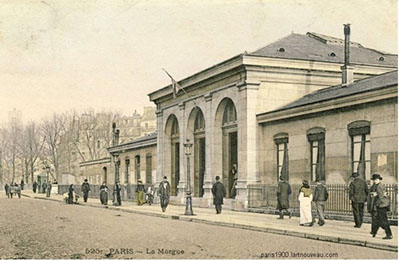
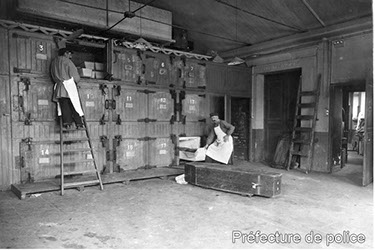

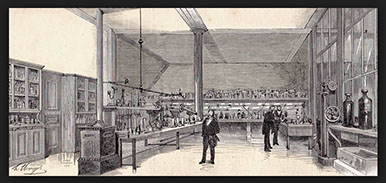

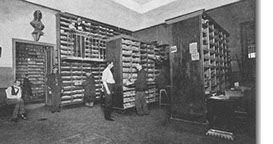


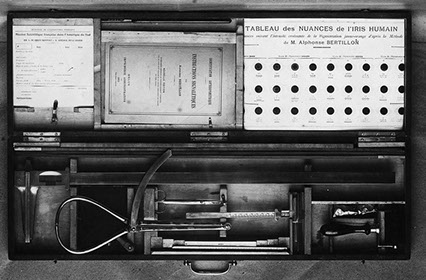
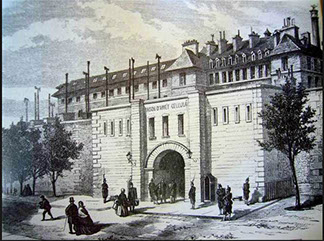
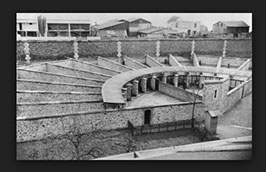
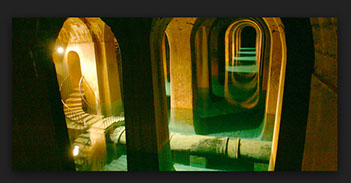

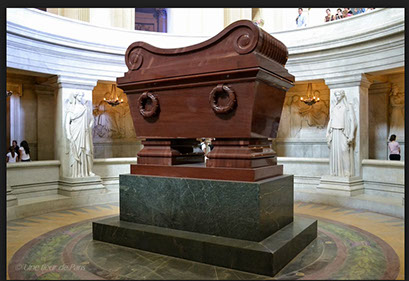
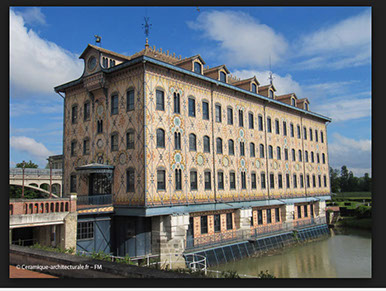




















































The Book
Gallery
Characters
Summary
References
Settings


